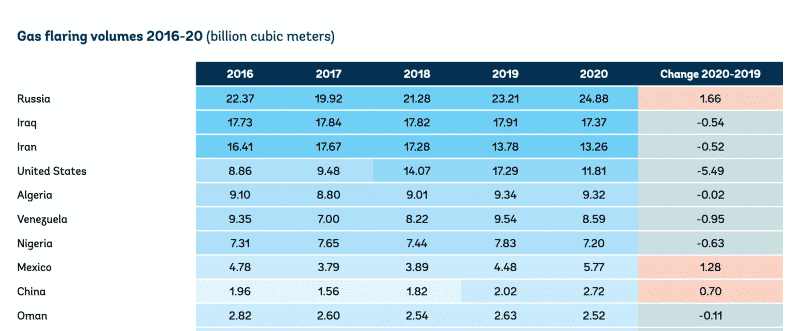President Vladimir Putin signed legislation in early July mandating the country’s top greenhouse-gas emitters (GHG) to submit carbon data to a new government agency.
This marks Russia’s first moves toward controlling carbon emissions since joining the Paris climate agreements in 2019.
According to the Russian news agency TASS, the new law requires carbon reporting beginning in January 2023 for firms generating 150,000 tonnes of carbon or more. This is set to decreased down to companies producing 50,000 to 150,000 tonnes by January 2025.
“An accounting system is being implemented, and carbon dioxide is becoming a regulated substance,” Greenpeace spokesperson Vladimir Chuprov told Reuters. “A system for accounting and reducing emissions is evolving. This is a need for a trading system for greenhouse-gas emissions.”
With such measures in place, Russia hopes to achieve its Paris Agreement commitment of reducing emissions to 70% of 1990 levels by 2030.
The new rule will, predictably, have the greatest impact on Russia’s oil and gas industry as Russia flares the most associated gas of any country on the planet.
After a 2012 World Bank research projected that flaring cost the economy $5 billion in yearly costs, Russia began to take the issue seriously.
According to Bloomberg, oil and gas exports will account for 40% of Russia’s national budget in 2021, and while European demand for oil declines, Russia is increasing investment in East Siberian production, such as Rosneft’s Vostok project, to serve Asia, where demand for oil continues to rise.
Russia’s target date of 2023 for starting GHG reporting coincides with the same year that the EU will implement the Carbon Border Adjustment Mechanism (CBAM), which The Bank of Russia estimates could cost Russia up to 8.2 billion Euros per year.
Source: https://jpt.spe.org/russia-to-require-carbon-reporting-under-new-climate-change-law


